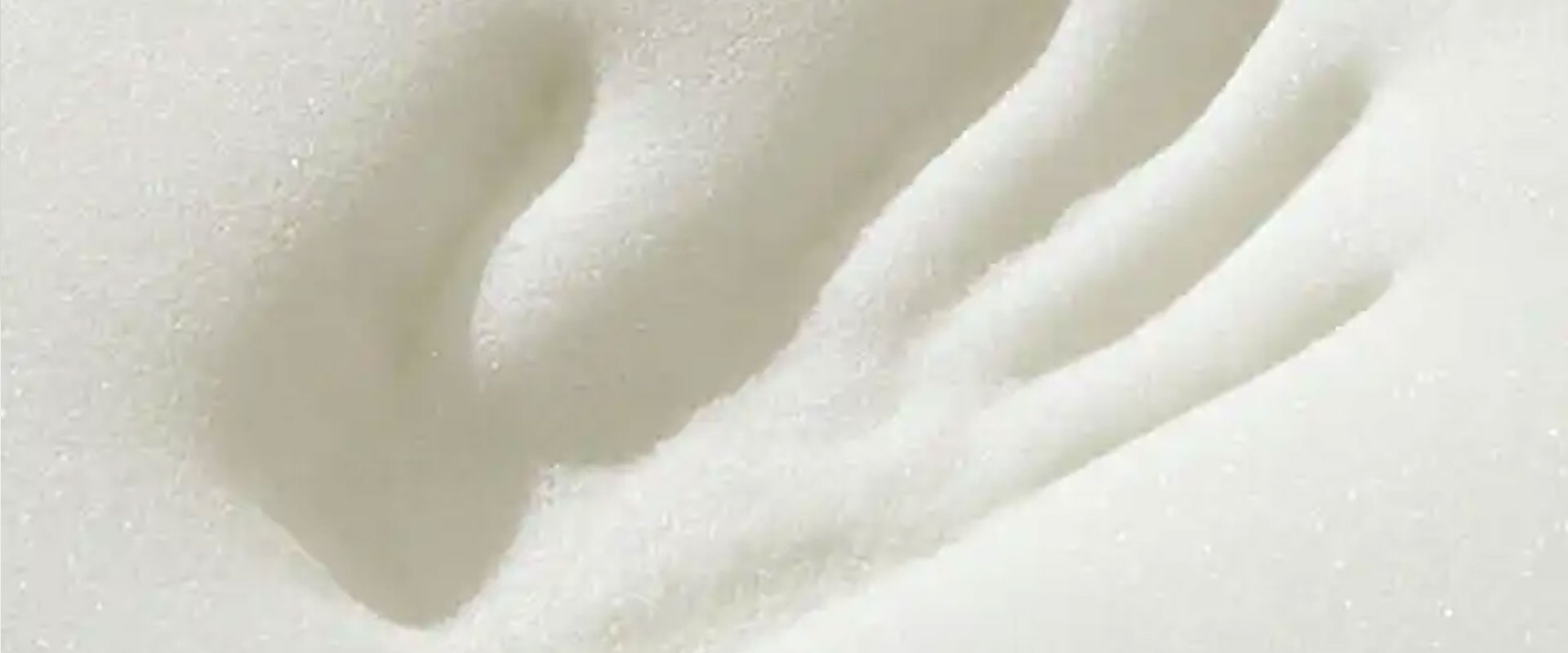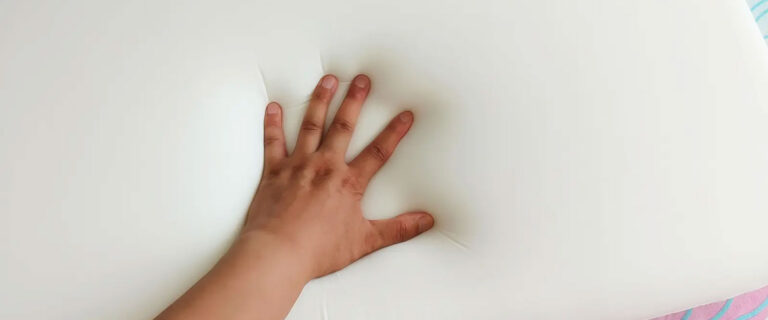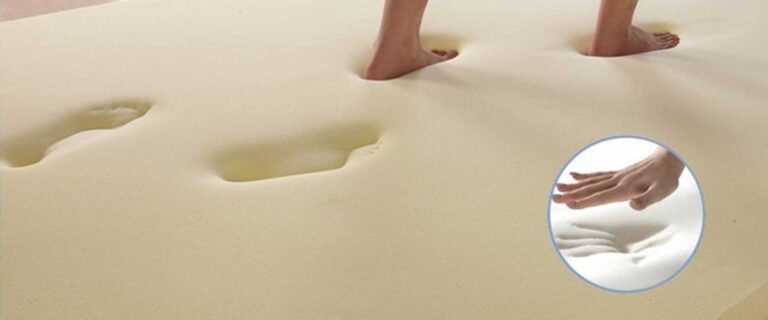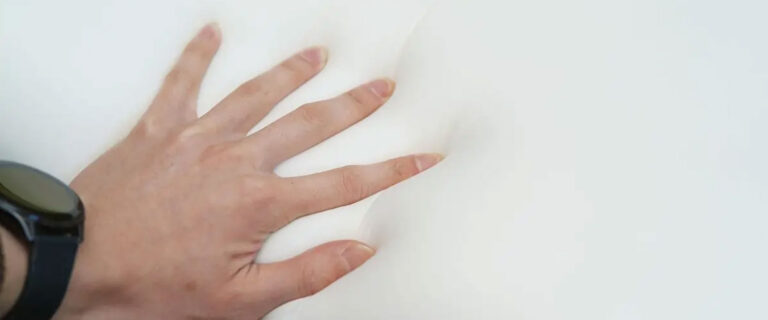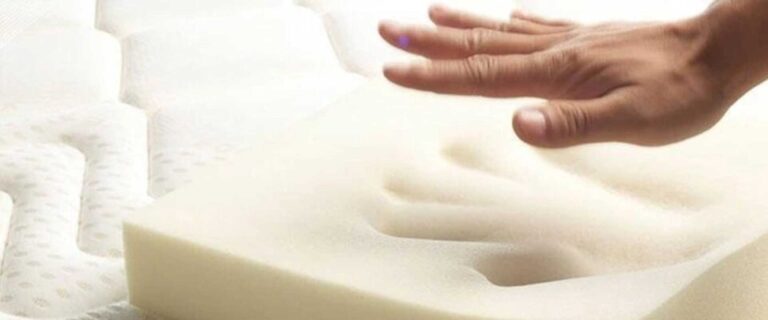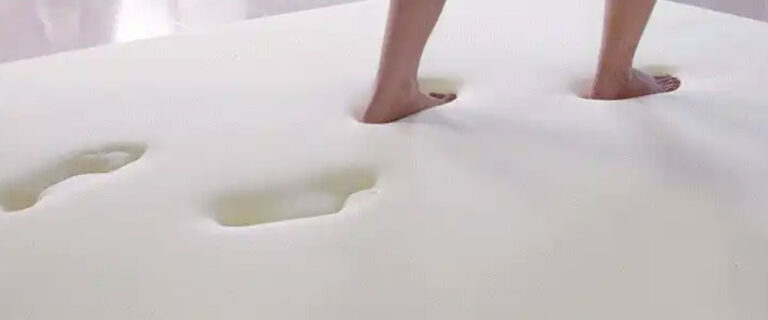Memory Foam: The Science Behind Comfort & Its Transformative Role in Modern Footwear & Bedding
Dive into the innovation of memory foam – its origins, technical advantages, and applications in footwear and bedding. Discover how Yongjiu Shoe Material Co., Ltd engineers premium viscoelastic foam solutions for superior comfort and durability.
From NASA to Everyday Life
Memory foam, or viscoelastic polyurethane foam, revolutionized sleep science in the 1960s when NASA developed it to improve crash protection for astronauts.
Today, its unique properties – contouring to body heat and pressure – make it indispensable in mattresses, pillows, and even custom foam insoles for athletic footwear. At Yongjiu Shoe Material Co., Ltd, we specialize in manufacturing high-performance memory foam tailored for industries demanding precision, comfort, and sustainability.
1. How Memory Foam Works: The Science Simplified
Memory foam’s magic lies in its temperature-sensitive molecular structure. When heated by body contact, the foam softens, allowing it to mold precisely to pressure points like heels, shoulders, or arches. As it cools, it returns to its original shape, creating a “memory” effect.Key characteristics include:
- Pressure Redistribution: Reduces stress on joints by 30-50% compared to traditional materials
- Motion Isolation: Absorbs movement by 80%+, ideal for couples or restless sleepers
- Hypoallergenic Design: Resists dust mites and mold, critical for allergy sufferers
2. Memory Foam in Footwear: A Game-Changer for Athletes
While most associate memory foam with mattresses, its applications in sportswear and footwear are transformative:
- Custom Insoles: Mold to individual foot arches, improving balance and reducing fatigue.
- Impact Absorption: Critical for running shoes, dissipating shock during high-impact movements.
- Breathability Upgrades: Our gel-infused memory foam variants reduce heat retention by 40%
Case Study: A leading running shoe brand reduced customer complaints about foot fatigue by 65% after adopting our density-optimized memory foam (40 Shore A hardness).
3. The Anatomy of Premium Memory Foam
Not all foam is created equal. Here’s what sets Yongjiu’s products apart:
| Feature | Standard Foam | Yongjiu Memory Foam |
| Density | 20-30 kg/m³ | 40-50 kg/m³ (adjustable) |
| Responsiveness | 3-5 sec recovery time | 1.5-2 sec recovery time |
| Temperature Range | -20°C to 60°C | -30°C to 80°C (extreme durability) |
| Certifications | Basic fire retardant | ISO 9001, REACH |
4. Why Choose Yongjiu Memory Foam?
- Customization: Adjust density (15-50 Shore A), thickness (3-15mm), and additives (antimicrobial, carbon fiber).
- Sustainability: Recyclable materials and low-VOC formulations compliant with EU RoHS.
- Global Compliance: Certifications for North America (CertiPUR-US®), Europe (BIFMA), and Asia.
5. How to Select the Right Memory Foam
Follow this checklist for optimal performance:
- Identify Pressure Points: Athletes need arch support; side sleepers require hip/collarbone relief.
- Test Density: Higher density = longer lifespan but firmer feel.
- Check Ventilation: Open-cell structures enhance airflow.
Elevate Your Product Line with Intelligent Foam
Memory foam isn’t just a material – it’s a commitment to innovation. At Yongjiu Shoe Material Co., Ltd, we engineer viscoelastic solutions that blend science with comfort, empowering brands to meet evolving consumer demands.
Ready to Partner?
Contact our R&D team: tod.li@xyjtechnology.com, or visit XYJ Technology on facebook.

